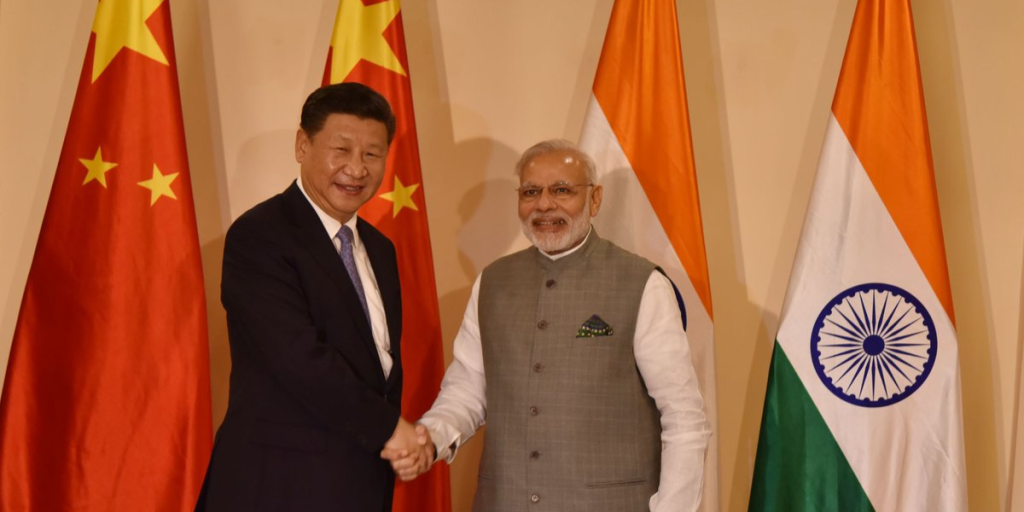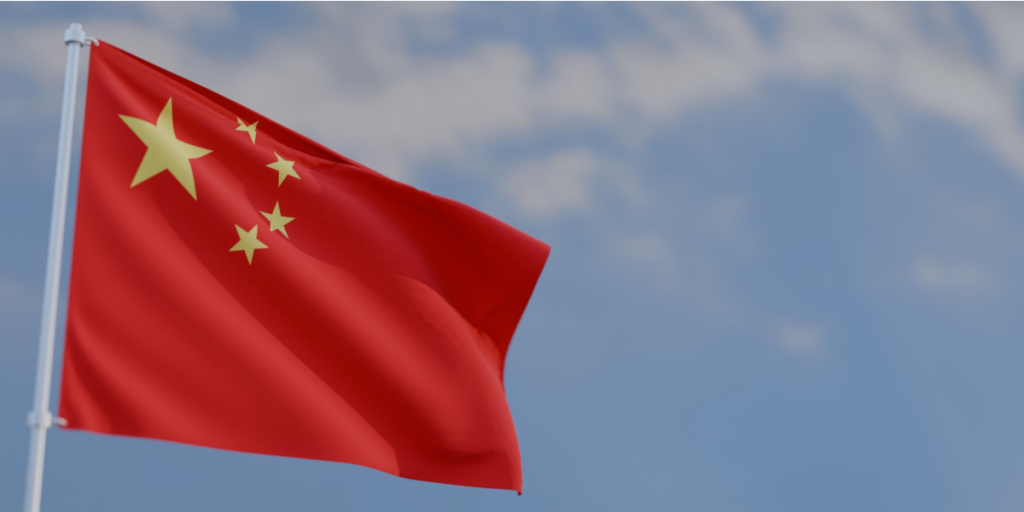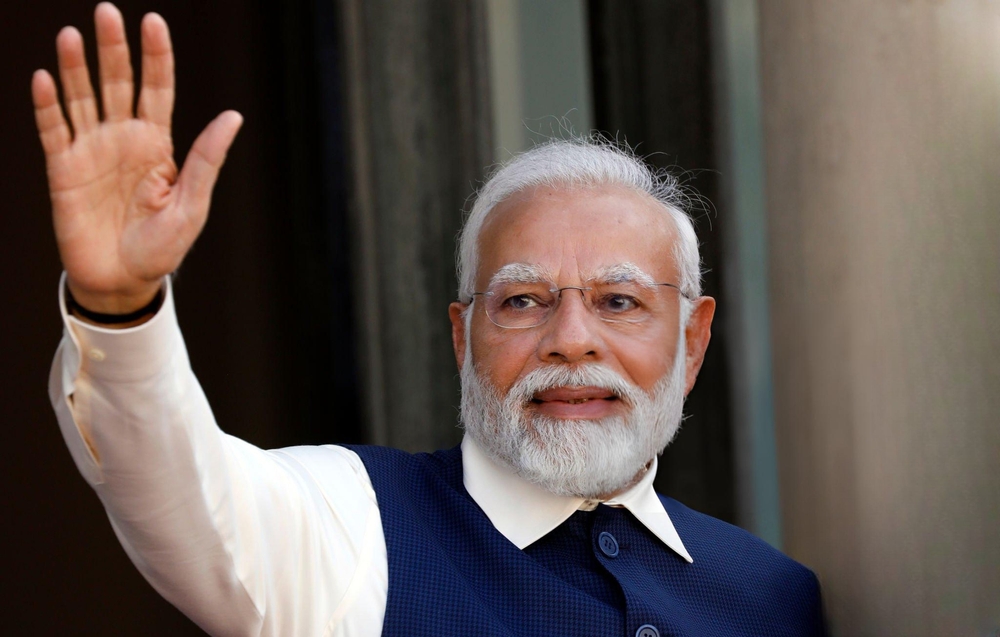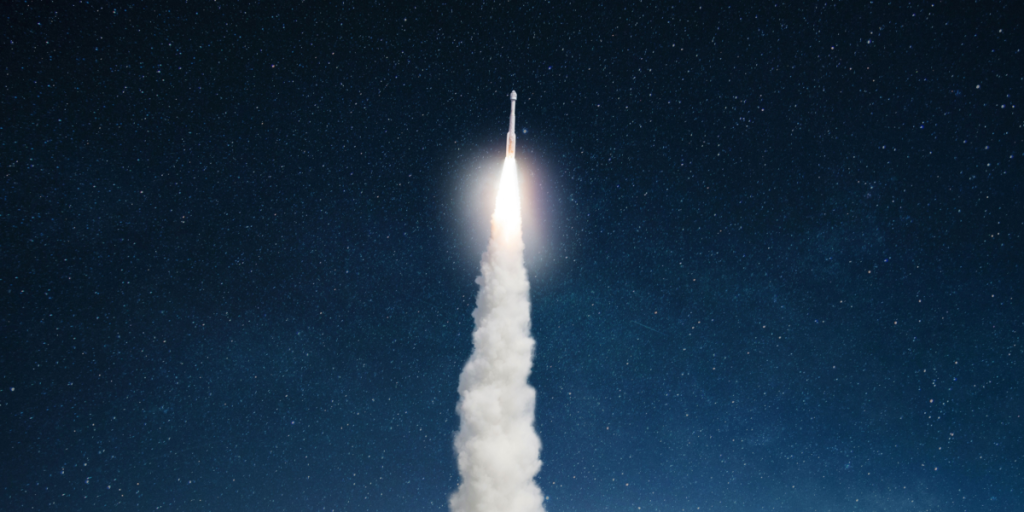New space chapter unfolds in Asia’s race to the stars
Others are reading now
New space chapter unfolds in Asia’s race to the stars
Space race momentum: how China and India are pushing forward

Global space ambitions are accelerating. As major spacefaring nations launch increasingly complex missions, two of Asia’s biggest players—China and India—are carving out new milestones in orbit.
Their recent back-to-back launches show not just technical progress, but also strategic intent: reconnaissance, communication, and deeper access to geostationary space are now top priorities.
China’s first GEO Yaogan satellite enters orbit

According to SpaceNews, China launched the Yaogan-46 satellite late Sunday aboard a Long March 7A rocket from Wenchang.
The satellite is expected to reach geosynchronous orbit—a first for the Yaogan series, which has mostly operated in low Earth and sun-synchronous orbits.
Also read
Developed by the China Academy of Space Technology (CAST), the satellite is officially described as serving civil purposes like disaster monitoring and land surveys, though the Yaogan program is widely viewed as part of China’s military reconnaissance effort.
A new role for Long March 7A

The mission marked the fifth Long March 7A launch of 2025, making it the most active year to date for this variant, according to SpaceNews.
The rocket, which features a cryogenic third stage, is capable of delivering payloads to geostationary transfer orbit (GTO). Despite its increased launch frequency, it is not yet poised to replace the hypergolic Long March 3B, which remains China’s primary vehicle for GTO missions launched inland from Xichang.
India’s CMS-03 sets national record for mass

India launched CMS-03, its heaviest-ever communication satellite, weighing in at 4,410 kg. As reported by SpaceNews, an LVM-3 rocket lifted off from the Satish Dhawan Space Centre and successfully placed the satellite into a sub-GTO orbit.
Designed to support the Indian Navy with real-time communications and strategic command, the satellite will raise its orbit in the coming days.
Also read
The launch marked the fifth operational flight of LVM-3, which also carried the Chandrayaan-3 lunar lander in a previous mission.
Future missions and milestones on the horizon

Both countries are preparing for even more activity. China is set to break its annual launch record with upcoming missions involving the Lijian-1 and Long March 12 rockets.
Meanwhile, India’s LVM-3 is being human-rated for the Gaganyaan crewed program, with its first uncrewed test flight potentially happening in December.
Asia’s growing presence in the new space era

As global interest in space intensifies, China and India are demonstrating the capability and ambition to lead in key domains. From advanced communication systems to orbital reconnaissance and crewed missions, their space programs are growing rapidly.
While the U.S. and Europe still dominate certain areas, Asia’s contributions are becoming impossible to ignore in the evolving space ecosystem.


